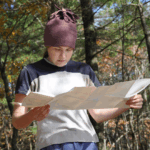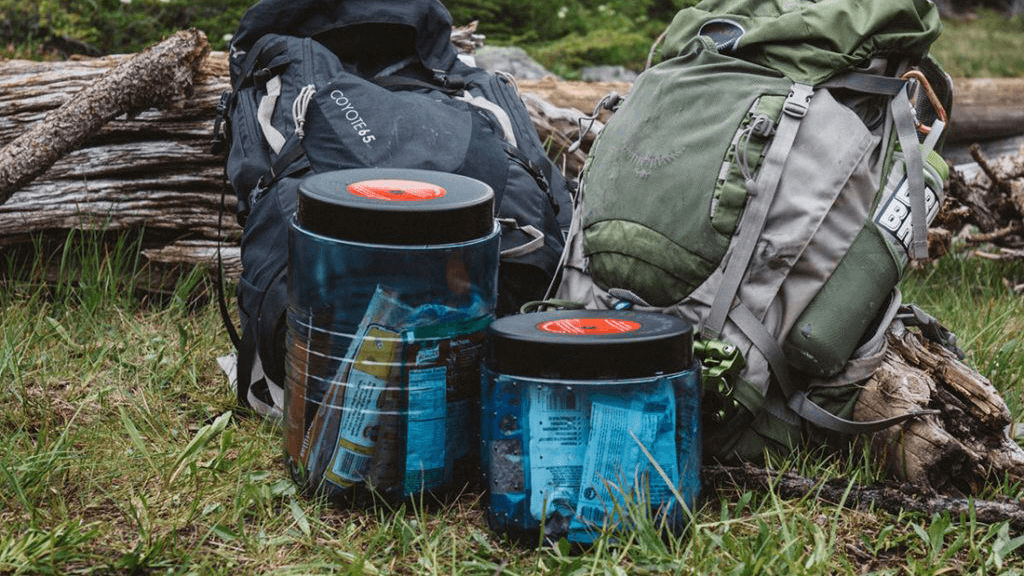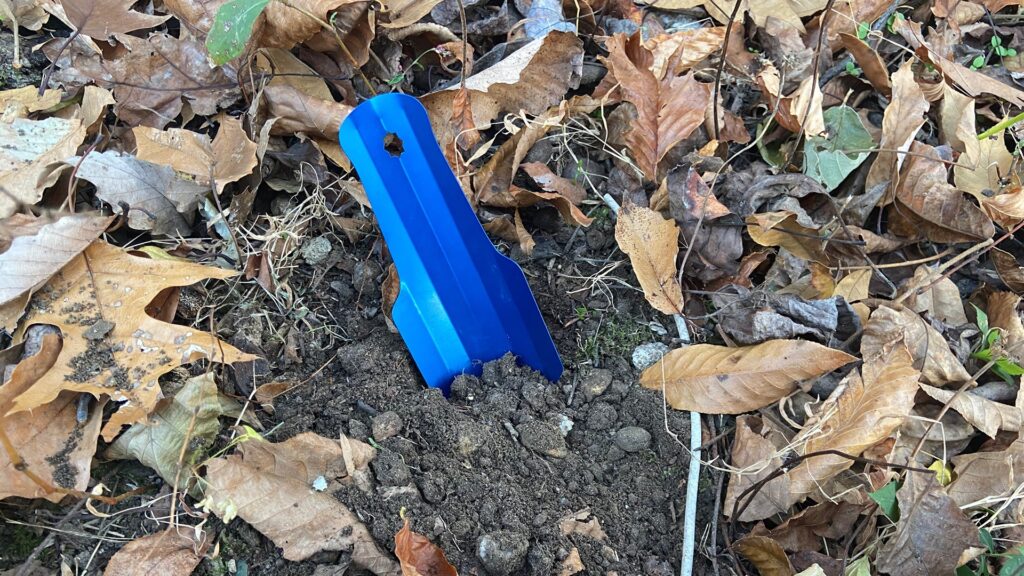2024 Hiker Survey Results: What Hikers Wished They Knew Before Their Journey
Jan 23, 2025

Jan 23, 2025

Many people dream of hiking the Appalachian Trail (A.T.), and every year, thousands of people turn their dreams into reality by setting out to hike some or all of the Trail. Aspiring A.T. thru and section hikers can learn a lot from those who hiked before them, which is why we’re sharing some of the takeaways of our 2024 long distance hiker survey.
Each year, the ATC sends an optional survey to everyone who registered for a trip on ATCamp.org, our voluntary hiker registration platform. Survey responses provide useful insights about hikers’ experiences and help the ATC, A.T. Clubs, and partners make effective management decisions with hiker feedback in mind. One of the questions in the survey asks hikers to identify the skills they wish they’d possessed during their trek. The responses highlight both the complexities of the Trail and the need for careful preparation and education for those embarking on this transformational journey.
In addition to sharing the most frequently reported skills (indicated by the percentage of survey respondents next to each skill), we’ve compiled resources to help you learn more about each of these skills so that you can be prepared for the challenges that the Trail presents.

Nearly one in five respondents expressed a desire for improved navigation skills. While the A.T. is well-marked overall, there are sections where the white blazes might be faded or absent, and cloudy or foggy weather can obscure even the clearest markers. Blazes and Trail signs will also be less frequent in designated wilderness areas. Additionally, in the southern sections that were damaged by Hurricane Helene, Trail markers and the treadway itself may be hard to identify. Being able to use a map and compass in addition to a GPS device can make the difference between staying on track and getting lost.
Flooding streams present a significant hazard, particularly after heavy rain or snowmelt. Many hikers wish they had known how to assess water levels, locate safer crossing points, or wait for conditions to improve. Proper preparation for these situations can save your life.

Food storage isn’t just about convenience; it’s about protecting A.T. hikers and wildlife. Improperly stored food can attract bears, mice and other animals, creating dangerous encounters and habituating wildlife to humans. The ATC strongly recommends hard-sided bear canisters as the simplest and most reliable method for storing food on the A.T. Some sections of the A.T. include bear boxes or cables for food storage, while in other places, you’ll need to store your food and other scented items inside a bear canister or practice the proper food hanging technique. Regardless of where you are on the Trail and what storage method you’re using, this skill is critical for every overnight hiker.
Closely related to flooding streams, unbridged stream crossings require careful judgment and techniques to maintain balance and safety. Understanding how to identify stable footing and minimize risks can reduce the likelihood of falls or hypothermia.

Leave No Trace principles emphasize proper waste disposal, yet nearly 8% of hikers admitted wishing they were more skilled at disposing of waste. Digging a cathole to the appropriate depth and distance from water sources is not only courteous to fellow hikers but essential for keeping everyone healthy and protecting the environment.
Waterborne illnesses can quickly derail a hike. While many hikers carry water filters or purification tablets, not all are confident in their use. Understanding different treatment methods and when they’re necessary is a vital skill for safe hydration on the Trail. Note that not all water treatment methods are effective at killing norovirus. Learn more about each filtration method’s effectiveness here.
Some of the A.T.’s most fragile ecosystems are above the treeline at higher elevations. Knowing how to tread lightly and respect these habitats ensures their preservation for future generations. Some important tips to keep in mind when hiking in alpine regions are to stay on marked trails, keep pets leashed so that they don’t step on fragile plants, and pack out all trash and waste. Alpine plants are sensitive to trampling, so opt for walking on bare rock and marked trails and be careful when stepping off trail to let others pass or to take a break. Camping is also not allowed above treeline in Vermont, New Hampshire, and Maine to protect these special habitats.
Sustainable camping reduces environmental impact, yet this skill is often overlooked. When choosing a campsite, opt for one that looks like it has been used before rather than creating a new site, which can flatten fragile vegetation and lead to soil erosion. Also, be sure to stay 200 feet from water sources. Camping regulations vary along the Trail to protect high-use sections and sensitive habitat. Be sure to learn the regulations before you go and, when in doubt, only stay in designated sites marked with a sign.
The A.T. offers beauty and adventure, and we provide resources and tips to help hikers have successful and safe treks. Interested in learning more A.T. skills? Our Hiker Prep Series is the perfect place to start!
We believe everyone should have the chance to experience the Trail, whether for an afternoon or the duration of a thru-hike. As the nonprofit responsible for managing the A.T., part of our work is to inform, equip, and inspire visitors to the Trail. This work grows stronger with your support. Consider becoming a member, an A.T. Hero or donating today.
Get the latest A.T. news, events, merchandise, and sneak peeks delivered directly to your inbox.